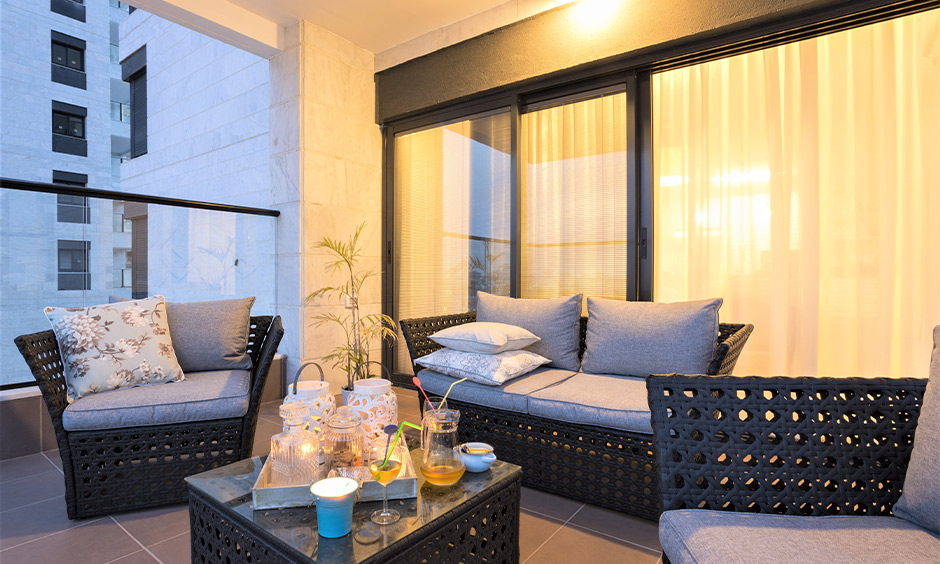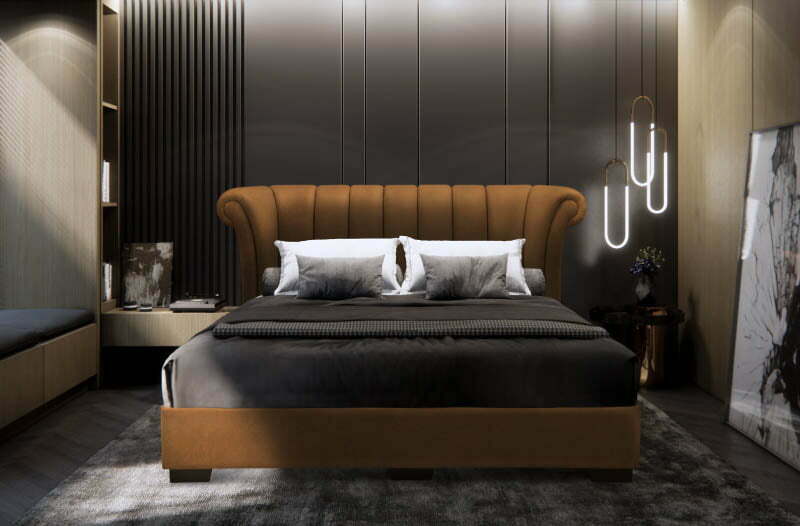Furniture has been an integral part of human civilization for thousands of years, serving both functional and aesthetic purposes in our daily lives. From the earliest wooden benches and stone tables to the modern, sophisticated designs we see today, furniture has evolved alongside human culture, reflecting changes in technology, art, and lifestyle. The evolution of furniture is not just about materials and design but also about how our needs and preferences have changed over time. In this article, we will explore the history, styles, materials, and future trends of furniture, showcasing its enduring significance in our homes and communities.
Historically, furniture was created primarily for practical purposes. In ancient civilizations, furniture pieces were often handcrafted from locally available materials, such as wood, stone, and metal. The early Egyptians, for instance, used simple wooden stools and chests, while the Greeks and Romans introduced more elaborate designs, including reclining couches and ornamental tables. As societies progressed, the demand for furniture grew, leading to advancements in craftsmanship and the introduction of more sophisticated designs. By the Middle Ages, furniture began to reflect the wealth and status of its owners, with intricately carved pieces adorned with precious materials. This shift marked the beginning of furniture not only as a necessity but also as an expression of individuality and style.
The Renaissance period marked a significant turning point in furniture design, as artisans began to blend functionality with artistry. This era saw the emergence of intricate designs, featuring elaborate carvings, gilded surfaces, and rich upholstery. The use of perspective in painting also influenced furniture design, leading to more proportional and aesthetically pleasing forms. During this time, furniture became a canvas for artistic expression, with styles such as Baroque and Rococo showcasing ornate details and flamboyant designs. These movements set the stage for future furniture styles that continued to prioritize beauty alongside practicality, establishing the foundation for modern interior design.
As the Industrial Revolution took hold in the 18th and 19th centuries, furniture production underwent a major transformation. The introduction of machinery allowed for mass production, making furniture more accessible to the general public. This democratization of furniture design led to the creation of various styles, such as Victorian and Arts and Crafts, each with its distinct characteristics. The Victorian style, for example, featured heavy, dark woods and intricate detailing, while the Arts and Crafts movement emphasized simplicity and craftsmanship, reacting against the excesses of industrialization. This period also saw the rise of iconic furniture designers, such as Charles Rennie Mackintosh and Frank Lloyd Wright, who contributed to the evolution of design principles and aesthetics.

In the 20th century, wardrobe malaysia design experienced a significant shift with the advent of modernism. This movement embraced minimalism, functionality, and the idea that form should follow function. Designers like Ludwig Mies van der Rohe and Le Corbusier championed clean lines and simple shapes, moving away from the ornate styles of the past. The use of new materials, such as steel, plastic, and molded plywood, allowed for innovative designs that prioritized comfort and utility. Mid-century modern furniture, characterized by its sleek lines and organic shapes, became highly sought after, reflecting a cultural shift towards casual living and a focus on the individual’s experience within their space.
Today, the furniture industry continues to evolve, influenced by contemporary trends and environmental considerations. Sustainability has become a crucial factor in furniture design, with many manufacturers focusing on eco-friendly materials and production processes. Consumers are increasingly aware of their impact on the environment, leading to a demand for furniture that is not only stylish but also responsibly sourced. Additionally, the rise of technology has transformed how we interact with furniture, with smart furniture and multifunctional designs becoming more prevalent. For instance, furniture that incorporates charging stations, modular designs, or adjustable features caters to the modern lifestyle, emphasizing adaptability and convenience.
In conclusion, furniture has undergone a remarkable transformation throughout history, reflecting societal changes, technological advancements, and evolving tastes. From its practical origins to its status as an expression of art and individuality, furniture continues to play a vital role in our lives. As we look to the future, the industry is poised to embrace sustainability and innovation, ensuring that furniture remains relevant in an ever-changing world. Whether it’s a simple chair or an elaborate dining table, furniture will always be a fundamental element of our living spaces, contributing to our comfort, functionality, and aesthetic enjoyment. As we continue to explore the intersection of design, craftsmanship, and sustainability, the future of furniture promises to be as exciting and dynamic as its past.


